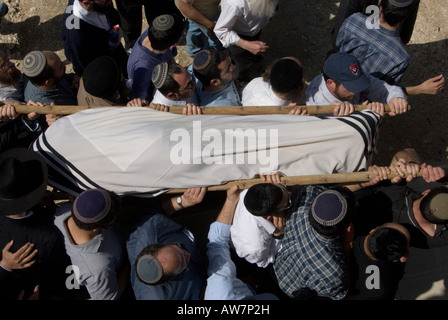


Even the men’s solid looking black coats and smooth shirt fronts can go on and off without removing the corpse. “To see them in their coffins you would think they were completely dressed, but really all their finery is on top. Miss B_ says it is a great comfort to her to know that them as wears ‘em don’t make no complaint, and in the main they are becoming, which can’t be said of live dresses-I mean the dresses live people wear. Now, there aren’t any particular fit about a burial robe as you can see by this it is made only to go over the corpse. She sometimes used to have to keep her girls up till 12 o’clock Saturday night to finish a dress for some rich customer, and early Monday morning here would come the dress back again to be altered, and a sassy message long with it about its want of fit. Miss B_ (she is our forewoman) used to have the same place at a dressmaker’s, and she says she has grown ten years younger since she went into the robe making business, because she has so much less worry of mind.
FUNERAL SHROUD CLOTHING FULL
When there is a full supply of robes in stock they are put to making coffin linings, which most of ‘em like because it isn’t fussy work, though, for that matter, none of their work is half so fussy as what I had to bother with when I sewed for live people. When I worked there I was laid off reg’lar three months in the year, while four weeks is the longest that the girls at the undertaker’s are idle. The season is longer, too, though of course there ain’t half the number of girls employed where I know that there were at madame’s. X_’s, who is the most awful crew in this city. I’m in Y_’s undertaking establishment and am earning half as much again as I did at Mme. The madame gave me too much sass and too little pay. “Did you think I worked at a dressmaker’s?” ‘You have a trousseau on hand, then? I suppose that fancy garment, whatever it may be, is for a bride.” “We are crowded with work just now, so I brought this home to finish it to-night.” “Isn’t it lovely?” asked a young sewing girl, holding up for inspection something of white satin and lace. Girls Who make Good Wages and Are Contented in an Undertaker’s Shop. They are a frank look at the undertaking industry over the course of three decades. In my search for information on 19th-century burial garments, I ran across the following articles, which discuss the labor issues, the materials, and costs of manufacturing commercial shrouds and burial robes. I have also seen notices for meetings of “Shroud Committees” or “Ladies’ Shroud Sewing Societies,” where charitable ladies made shrouds for the poor. See this link for an excellent article on the subject. People also buried their dead in their own garments or nightwear. There is no doubt that the home-made shroud was a significant part of 19th-century burial customs in the United States. (Anyone have a reference?) And there are many news articles about elderly ladies buried in a shroud made by their own hands decades earlier. I remember reading, but cannot find a firm source for the assertion that ladies from the 16th through the 19th century would sew their own burial clothes when making their wedding trousseaux because women were so likely to die in childbirth. I have always been interested in what the well-dressed corpse is wearing: a netted beadwork shroud, as worn by an Egyptian mummy the beautiful brocades found in the royal tombs at Las Huelgas a plain wool shroud tied at the head and foot, as modeled by John Donne in his funerary monument or the frilled-front white shrouds worn by some Victorian ladies, accessorized with a ruffled cap.īut who made dresses for the dead? We have records of commercial shipments of shrouds from 1770s America. Her costume history and social ephemera blog may be viewed at Mrs Daffodil Digresses She is the author of 11 books on historical and contemporary ghost-lore and blogs on the grim and gruesome at Killer Budgie. Her latest publication, The Victorian Book of the Dead, presents a myriad of Victorian funeral customs including such oddities as crape threats, tombstone censors, mourning cigarettes, and widow humor. But who made these dresses for the dead?Ĭhris is a writer, folklorist, and historian specializing in the popular culture of Victorian death, mourning, clothing history, and the spirit world. Chris Woodyard has always been interested in what the well-dressed corpse is wearing: a netted beadwork shroud, as worn by an Egyptian mummy the beautiful brocades found in the royal tombs at Las Huelgas a plain wool shroud tied at the head and foot, as modeled by John Donne in his funerary monument or the frilled-front white shrouds worn by some Victorian ladies, accessorized with a ruffled cap.


 0 kommentar(er)
0 kommentar(er)
